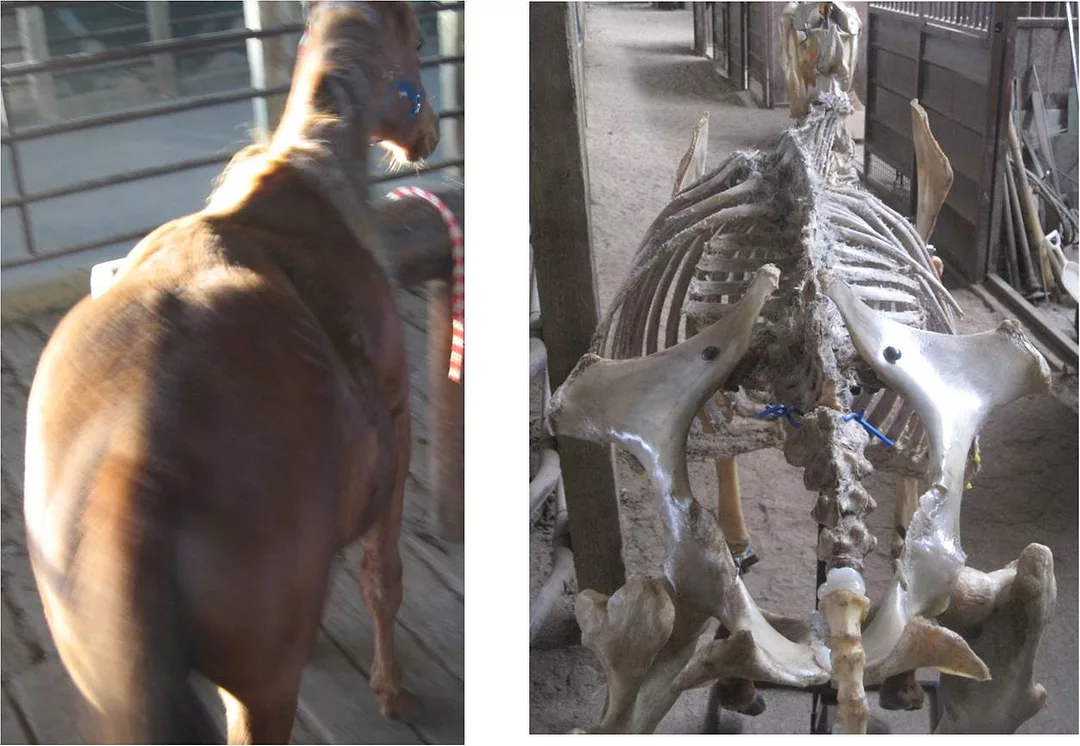There are many different ways to convert a horse cadaver into a specimen. My interest was ignited by my dad Doug Butler, who assembled different models and specimens. It helps to see these structures firsthand and illustrates the value of assembling a specimen.
He made a video about the bones, tendons and ligaments of the horse, which is available here. Walter Varcoe assembles skeletons by first composting the horse and does a fantastic job. His specimens are available here. Allie Hayes makes outstanding freeze-dried hoof and leg models, which are sold here.
For my use as instructional aides, I have found that boiling the bones works well. I have tried a lot of different ways and continue to experiment. I am still learning. As a result of trying different things and learning how others do it, I have more admiration for individuals who attempt this endeavor. Consider that this does take a lot of time, especially when doing a whole skeleton.
The first thing is removing as much skin, muscle, fat and meat as possible. I like to boil the bones in a big barrel of water. This allows all of the other structures to loosen and be easily removed. However, the amount of time the bones are boiled is crucial. The more that is left on the bone adds to the length of time the bones need to boil. If you do it too long you can ruin the bones.
Many factors must be considered, such as the age of the animal. Typically, I would boil the bones for 8 to 10 hours. Water must be added over the length of time to prevent the bones from actually cooking. The length of time would be reduced if an older horse’s bones were in poor condition like osteoporosis. If you have a young horse and the growth plates have not closed yet, if you boil them for too long the bones will come apart.
I estimate the length of time by looking at the condition of the bone along with experiences of having done several other projects of how long the bones need to boil. The key is to constantly check the bones, so you don’t overdo it.
Once you have just the bones remaining, I like to put them in a cleaning agent. Again there are many different ways to clean the bones. I soak the bones in peroxide for several days. The condition is considered for how long the bones should be left in the cleaning agent. It also depends on how powerful the cleaning agent is. If it is still strong you won’t have to leave bones in as long. Evaluating the condition and health of the bone, will influence how long you keep it in whatever agent you are using for cleaningn. It is important to wash the bones to get the cleaning agent off before handling the bones.
Next, you allow time for the bones to dry. Generally this may be between several days to a week, depending on the size of the bone. If you have a long bone like the femur it will take longer to dry then a navicular bone. You can speed up the process by drilling a hole in the bone to allow it to drain and dry inside.
Drying is important so when you drill into the bone to assemble the bones, you won’t have more of a mess that takes longer to get the skeleton back together.
Magnets and wires work well for reassembling the bones into their original structure.








